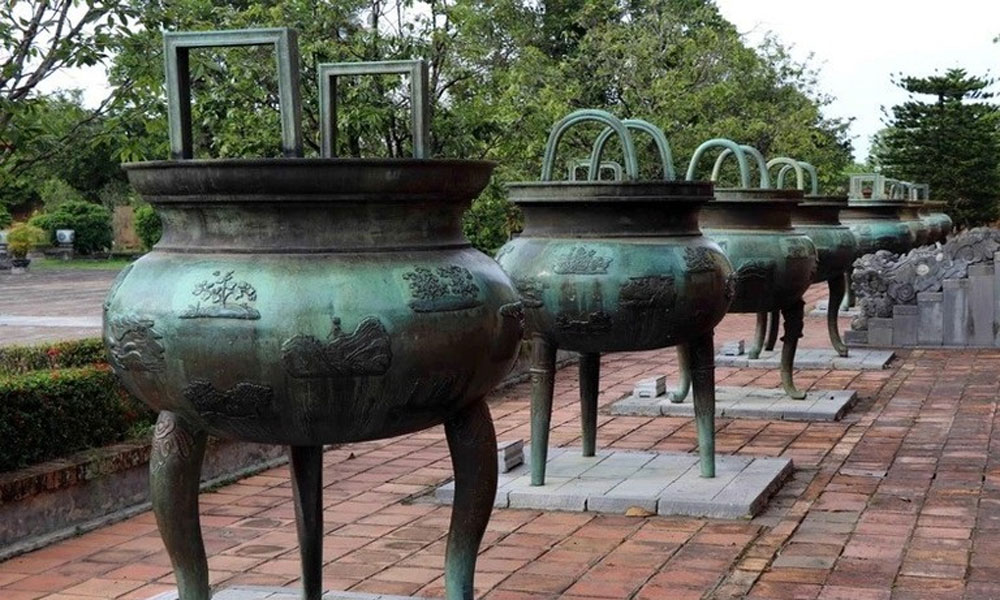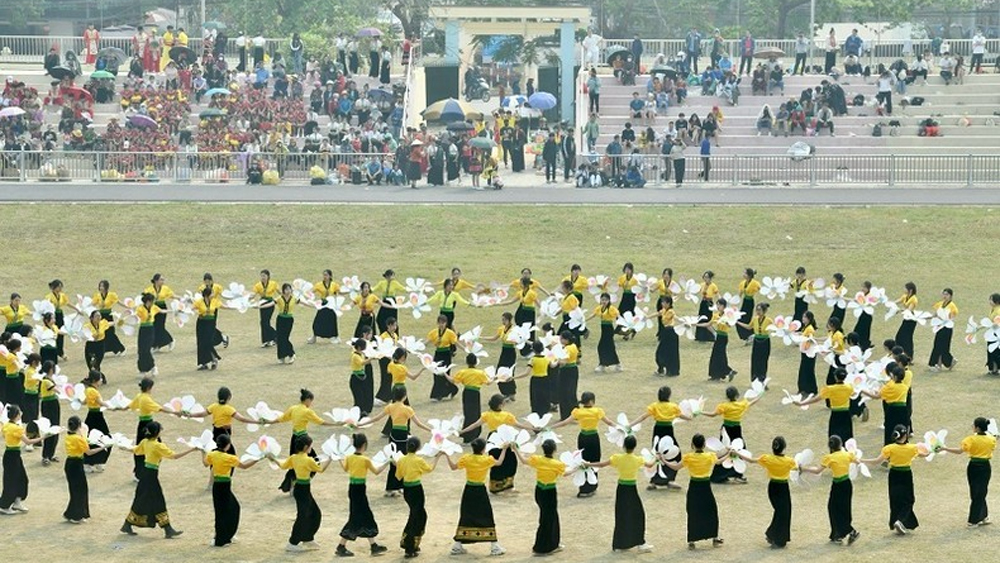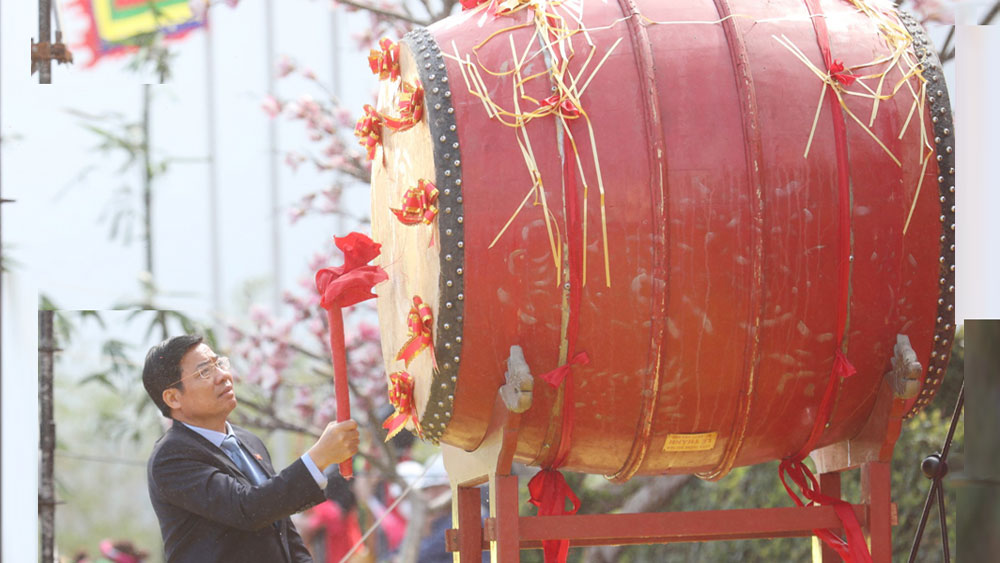Art of crafting and dancing to flutes recognised as National Intangible Cultural Heritage
The People's Committee of Dien Bien province has just coordinated with the People's Committee of Tua Chua district, to organise a ceremony to receive a certificate honouring "The art of making and dancing to the flute of the H'mong people in Dien Bien province" as a national intangible cultural heritage, according to Decision No. 65/QD-BVHTTDL dated January 12, 2022, of the Ministry of Culture, Sports and Tourism, on the recognition of national intangible cultural heritage.
 |
|
At the ceremony. |
Speaking at the ceremony, Vu A Bang, Vice Chairman of the People's Committee of Dien Bien province, emphasised: recognising the art of making and dancing to the flute of the Mong people in Dien Bien province, as the national intangible cultural heritage, is not only the joy and pride of the Mong ethnic people, but it is also an important premise and motivation for the Party Committee, government and people of all ethnic groups in Dien Bien province.
The province will continue to make efforts to preserve and promote the cultural heritage of the ethnic groups within the province, contributing to the socio-economic promotion of the province and the locality.
Dien Bien is a mountainous province in the Northwest region, with 19 ethnic groups, including Thai; Mong; Kinh; Dao; Kho Mu; Ha Nhi; Lao; Hoa (Han); Khang; Muong; Cong; Xinh Mun; Si La; Nung; Phu La; Tho; Tay; San Chay and other ethnic groups.
Each ethnic group has its language, customs, and culture, which form a colourful picture of Dien Bien culture.
Up to now, this is the third intangible cultural heritage of the Mong ethnic group recognised as a national intangible cultural heritage.
Source: NDO
 Bắc giang
Bắc giang















Reader's comments (0)